
Not without reason, olive oil is sometimes called the real gold of Crete. Its quality and parameters definitely outweigh what is offered by producers from other countries. The growing popularity of Mediterranean cuisine means that more and more people are more likely to reach for oil, which is one of the most important components of a diet inspired by the southern regions of Europe.
Along with the growing interest in oil, customer awareness is also growing. It is not surprising, therefore, that producers are trying to stand out from the competition as much as possible. One of them to turn the oil into real gold adds to it particles of this precious metal. However, we are much more attracted to the attitude of those producers who place the greatest emphasis on quality. Today, we would like to invite you to read our impressions of tasting two polyphenolic oils that you can call the premium products without hesitation.
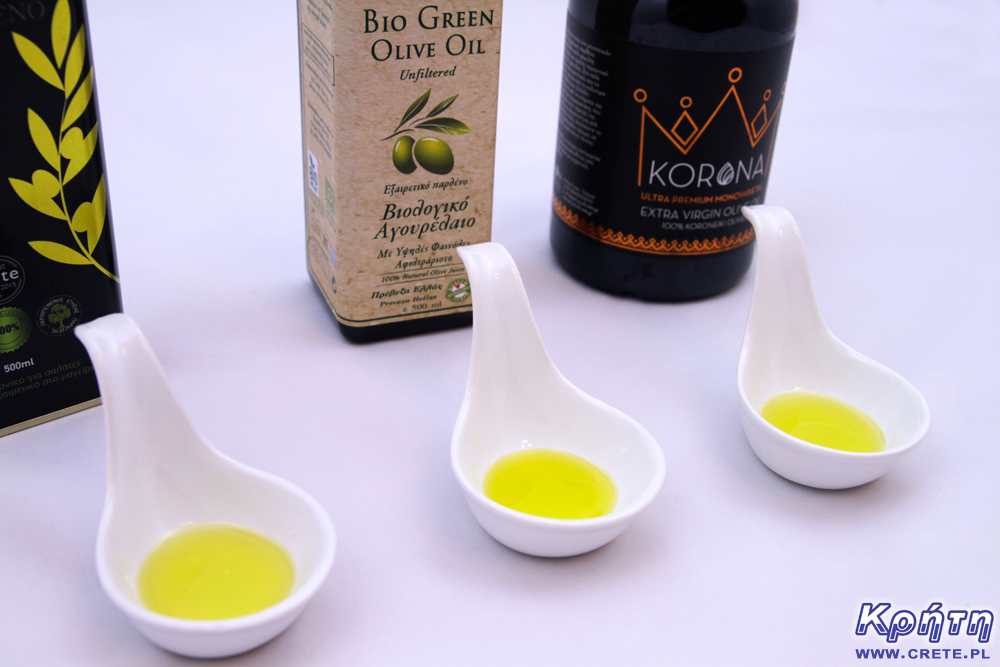
In general, "olive oil" is simply the oil obtained from the fruit of the Olea europaea tree. However, the composition of the oil depends on many factors taking place at every stage of production. The quality of the final product is influenced, inter alia, by the variety of olives and the cultivation methods used, the time and method of harvesting, the time of transport between the olive grove and the mill, the process of obtaining oil and the time in which it takes place. As you can see there are a lot of variables that eventually affect the taste, quality and color of the oil. At the end, each of them is classified on the basis of acidity and the content of free oleic acid. Of the extra virgin olive oil, only the best ones are labeled as polyphenolic.
Before describing the presented oils, let us explain what are polyphenol oils, which are still relatively unknown products on our market. Olive oils referred to in this name are recognized in the European Union as medicinal products distinguished by the Health Claim designation. In accordance with the European Commission Regulation No. 432/2012, they contain a sufficient amount of substances having a health-promoting effect, including in particular hydroxytyrosol and its derivatives (e.g., the complex of oleuropein and tyrosol ).
According to the directive, only products containing more than 5 mg of these substances in 20 g of oil may use such a sign. The average content of oleocanthale in EVOO oils (extra vigin olive oil) is 135 mg / kg , and oleacein 105 mg / kg . The EC also requires that the producers of such oils inform their customers that a beneficial effect occurs when consuming at least 20 grams of this oil per day.
It is worth noting, however, that obtaining the title of polyphenol oil must be confirmed by appropriate certified chemical analyzes, the results of which clearly determine the content of beneficial substances.
According to research, even such a small amount has a beneficial effect on the protection of lipids in the blood from oxidative stress, which is a very dangerous phenomenon. It comes to him in situations in which the body has an insufficient advantage of antioxidants over oxidants. Excessive production of free radicals means that the body can not cope with their neutralization and repair of damage caused. In the long-term, oxidative stress leads to the mutation of cells, because excess free radicals damage DNA, cell membranes and enzymes. As a consequence, it leads to the development of diseases such as atherosclerosis, cancer, Parkinson's disease or Alzheimer's disease.
It is worth noting that both oils described below definitely exceed these European requirements. This is particularly evident in the case of Bio Green oil, in which the content of hydroxytyrosol and its derivatives is more than 4.5 times higher than the norm imposed by the European Commission's regulation.
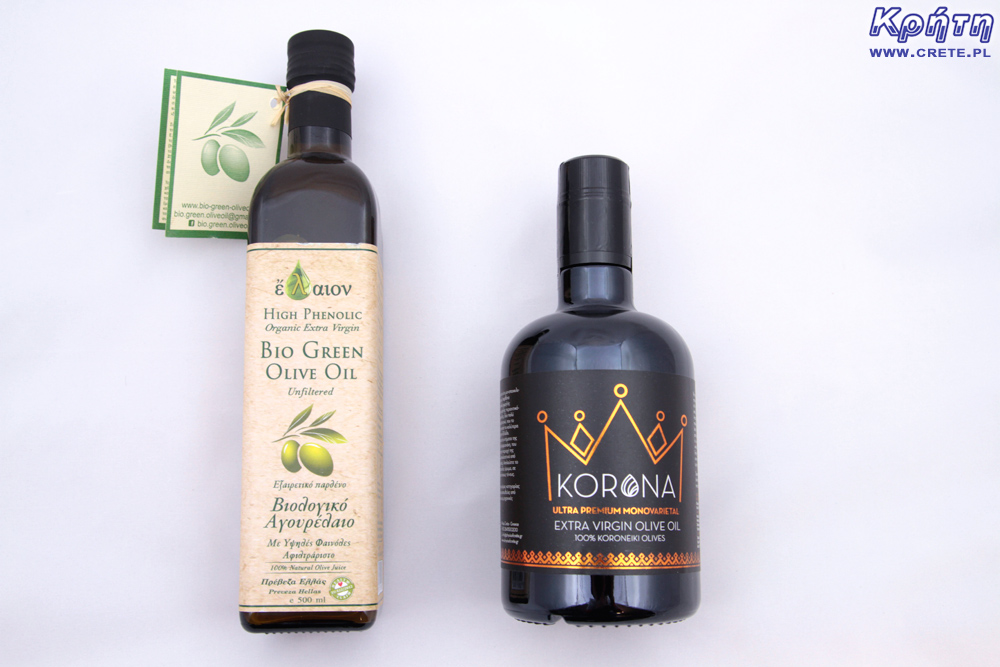
Bio Green is unfiltered olive oil with a very characteristic taste and smell produced in 100% green olives of the Lianolia variety. The residues of the olive pulp that are found in this product make it have a slightly darker color compared to other oils. Thanks to the distinctly perceptible aroma of "freshly cut grass", we personally associated the Bio Green product with the Agureleo oil from Physis of Crete. According to the producer, his olive grove consists of trees planted up to 400 years ago, and the diameter of some is 4-5 meters.
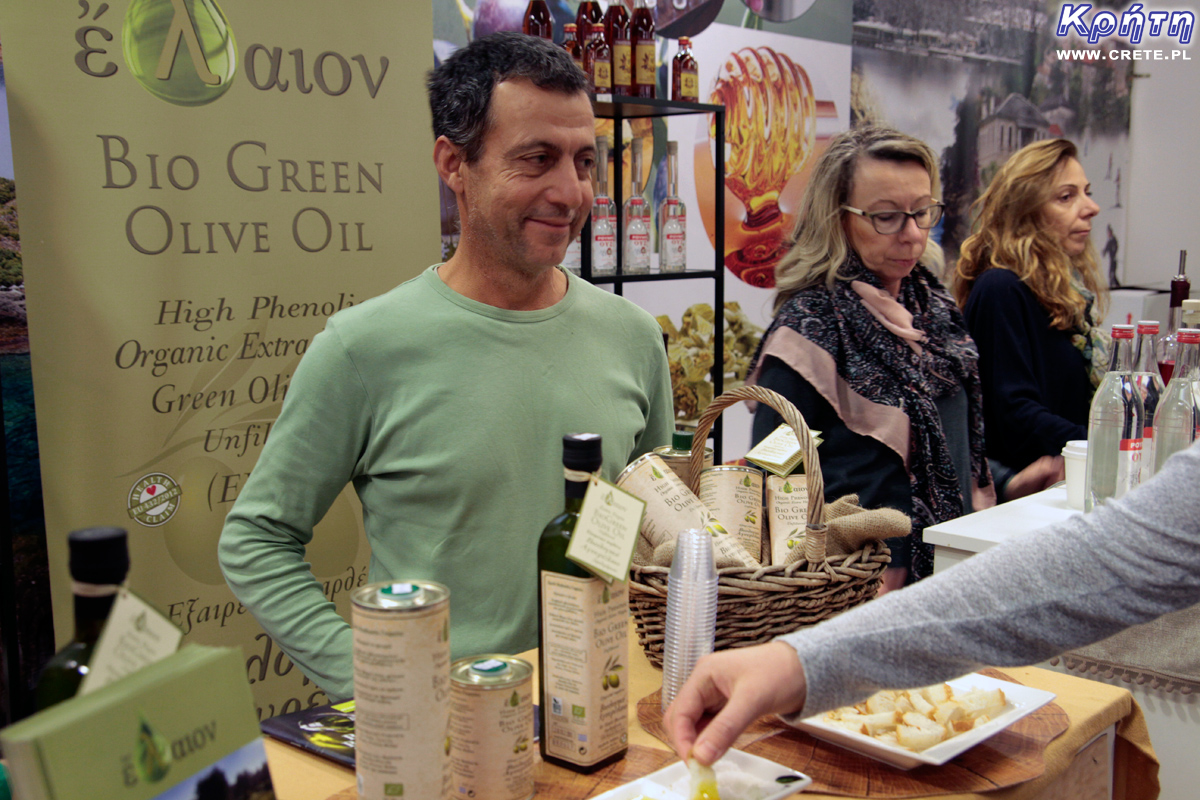
Bio Green producer's booth on the Greek Panorama 2017
This oil is very aromatic and has a distinct taste, in which the delicate bitterness of polyphenols is also noticeable. People less familiar with this type of oils can certainly surprise her with the peppery and bitterness that only reveals when swallowing. It is worth bearing in mind that this type of strong flavors composition may not suit some people.
The taste of this Bio Green olive is due to the extremely high content of polyphenols. In 20 g of oil there are as much as 23.6 mg of hydroxytyrosol , tyrosine and its derivatives. This means that compared to the standard imposed by the EC, there are over 4.5 times more.
The level of oleocanthalu is 636 mg / kg (average EVOO oil content is 135 mg / kg) and the oleacein content is 292 mg / kg (average EVOO content 105 mg / kg). In kilogram of this oil there is also 372 mg / kg of hydroxytyrosol . The total phenol content is 1182 mg / kg of oil. For this extremely high polyphenol content, Bio Green olive received a gold medal in the Aristoleo competition last year.
The extremely high content of polyphenols is the biggest asset for Bio Green. By using it, we guarantee the high quality of this product and a very large amount of substances that have a positive impact on health. It should only be remembered that its taste is sharp and determined, it will definitely "overclock" the taste of dishes to which you add it.
Korona is a new product of the Asmarianakis family from Kritsa in Crete, which is known, among others, from the series of their oils under the brand name Physis of Crete . At the outset, it is worth paying attention to the extremely aesthetic bottle in which this oil is sold. Its design immediately brings to mind the packaging of expensive high-quality alcohols. Olive Crown set in such company would be presented without the slightest shame. If you want someone from your friends or family to give a rather sophisticated Greek gift, this olive oil can be a good idea.
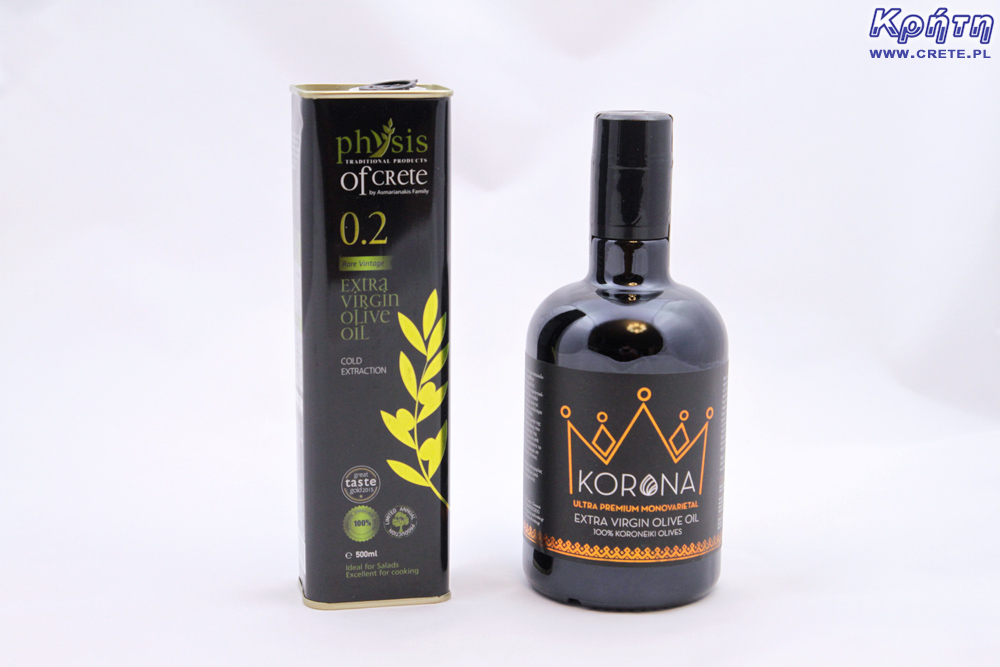
On the left-hand side, the well-known Physis of Crete oil 0.2 and on the right, the full novelty of polyphenol oil Korona
The crown is Ultra Premium grade oil and is produced in 100% only from one variety of Koroneiki olives. Olive groves are located in the Lassithi prefecture in the Mirambello Bay area. This oil is fully filtered, so it is devoid of turbidity in the previously described Bio Green. Despite the high content of polyphenols, this oil has a clearly more delicate slightly fruity taste. Although it is still quite an aromatic oil, the note of the smell of freshly cut grass is not so dominant and clearly reveals itself only after it has been heated. The crown is also oil, the taste of which is devoid of bitterness and excessive piquancy. If you're just starting your adventure with polyphenolic oils, start with just as delicate as this one. This does not mean, however, that the taste of this oil can be considered as quite mild. We described it as moderately spicy.
An important piece of information worth mentioning is that in March this year, the Crown won the gold medal and took first place in the prestigious Cretan Olive Oil Competition 2018 . It was the fourth edition of this event, in which 100 different oils competed for the title of the best product.
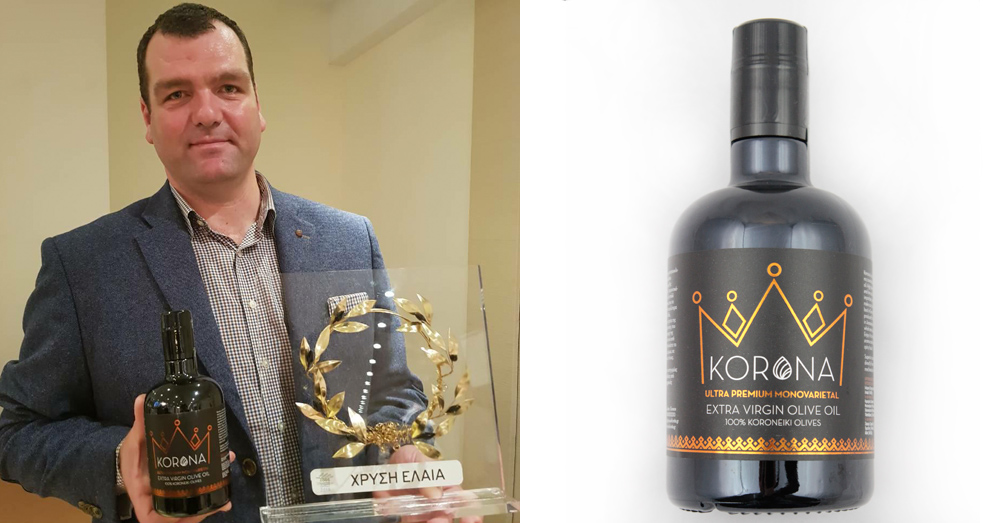
In 20 g daily recommended dose of oil, the Crown contains as much as 11.6 mg of hydroxytyrosol , tyrosine and its derivatives. In comparison to the standard imposed by the EC, these substances are more than twice as much.
The oleocanthal level is 153 mg / kg (average EVOO oil content is 135 mg / kg) and the oleacin content is 125 mg / kg (average EVOO content 105 mg / kg). The kilogram of this oil also contains 268 mg / kg of hydroxytyrosol . The total phenol content is 582 mg / kg of oil.
So if you are looking for a very good polyphenolic oil, which at the same time will not have a very sharp and dominant taste, in our opinion, the oil crown will be a great choice. It will add flavor to the dishes but will not dominate them. Its additional advantage is the favorable price.
Both oils are available for sale at kreta24.pl . The pages of both products also contain pdf files for download with full chemical analysis done at the University of Athens.
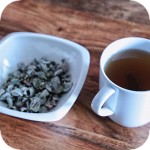
Origanum dictamnus plant is another flagship product of Crete, also known under the names: Dittany, Δίκταμο, hop majoram, Dittany of Crete or Cretan dittany. It is a perennial crop plant occurring in natural environment only in Crete. Over the centuries, many gatherers have died or injured during attempts to obtain a plant, because it occurs on quite hard to reach areas. Its 20-30 cm bushes are most easily found on limestone mountain slopes, in ravines and on cliffs.
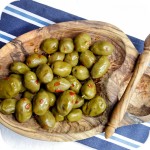
On the Internet you will find a lot of articles about the quality of oil and its health properties. This is a topic that has been very well developed by many researchers. Recently, however, Greek and American scientists have decided to devote more attention to olives themselves, ie the fruit of the Olea europe tree. The results of their research show that, depending on the method of processing used, olives retain different levels of valuable antioxidants.
Komentarze
Wypełnij poniższy formularz aby dodać komentarz